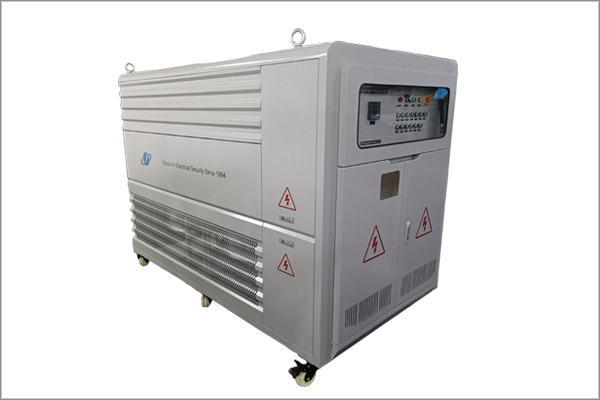Three common electronic load applications
Three common electronic load applications
Here are four tips on how to test with electronic loads, and illustrate the flexibility and usefulness of DC electronic loads.

1000kw load bank
Tip 1. Use constant current mode for battery test
Tip 2. Test power transient response
Tip 3. Test the current limiting ability of the power supply
Electronic loads were originally specialized products designed to test power supplies. The DC electronic load is used to characterize the response of the power supply under different load conditions.
Tip 1. Use constant current mode for battery test
Current priority mode is the most common setting for electronic loads. A simple example is the constant current consumption of a battery to determine the total amount of energy stored. As the current in the battery is consumed, the voltage of the battery drops. Understanding the relationship between voltage and remaining charge allows the device to estimate its remaining operating time. As the battery's current is consumed, the chemical structure of the battery takes on a unique voltage curve.
Tip 2. Test power transient response
Most power supplies are designed to provide a constant voltage through a voltage-regulating circuit. If the load suddenly consumes a large amount of current, the regulating circuit cannot output a steady voltage. The extreme case is the transient with the maximum output voltage and the need for full current.
Tip 3. Test the current limiting ability of the power supply
All power supplies include a current limiting circuit to protect themselves and the devices on which they are powered. When using an OEM power supply, it is important to know the current limiting mode of the power supply to determine its operating status.
You can determine the extent to which a constant voltage supply limits its maximum output current to a preset value by performing current limiting measurements. Presets can be fixed or vary within a specified range.
